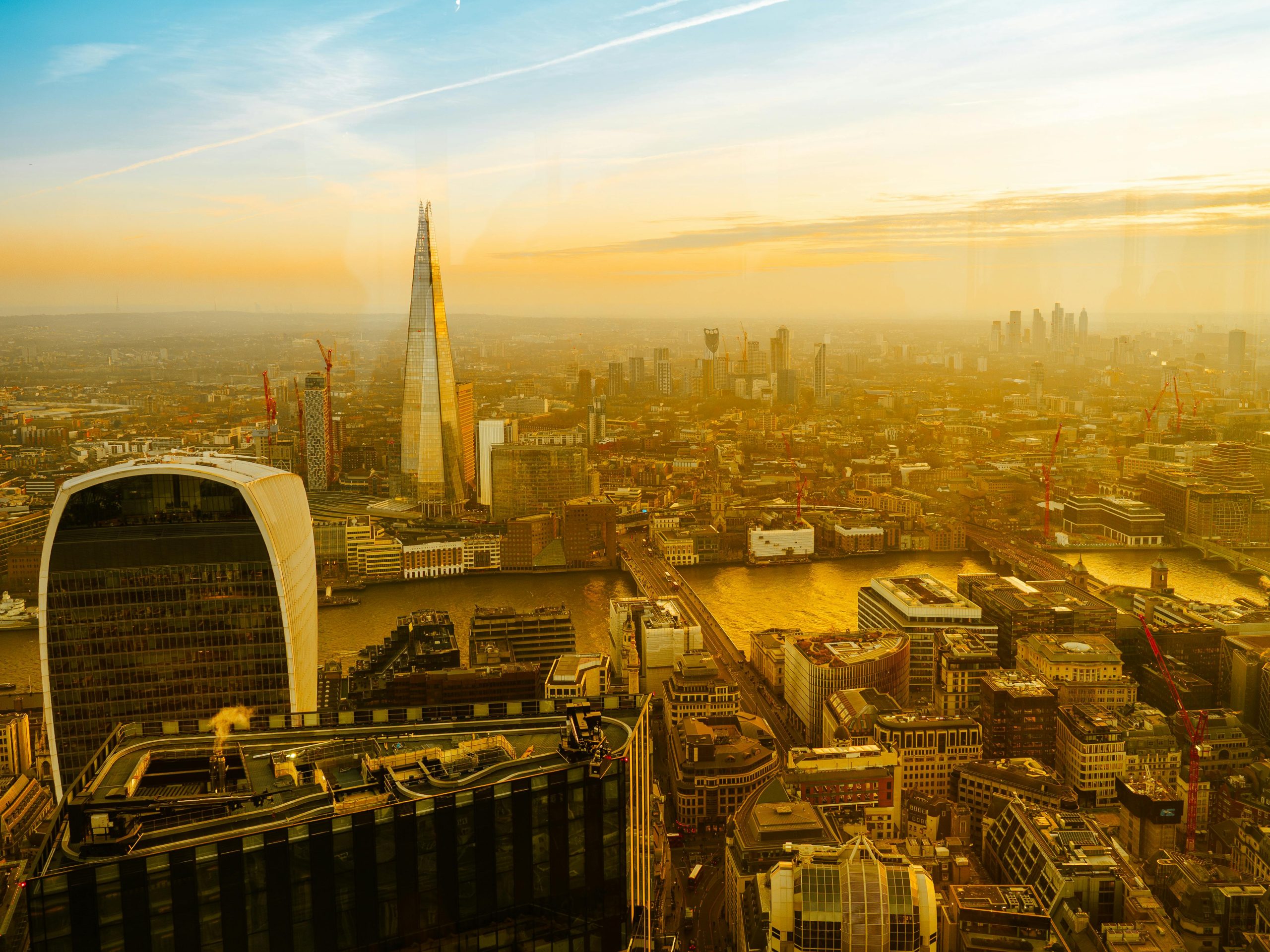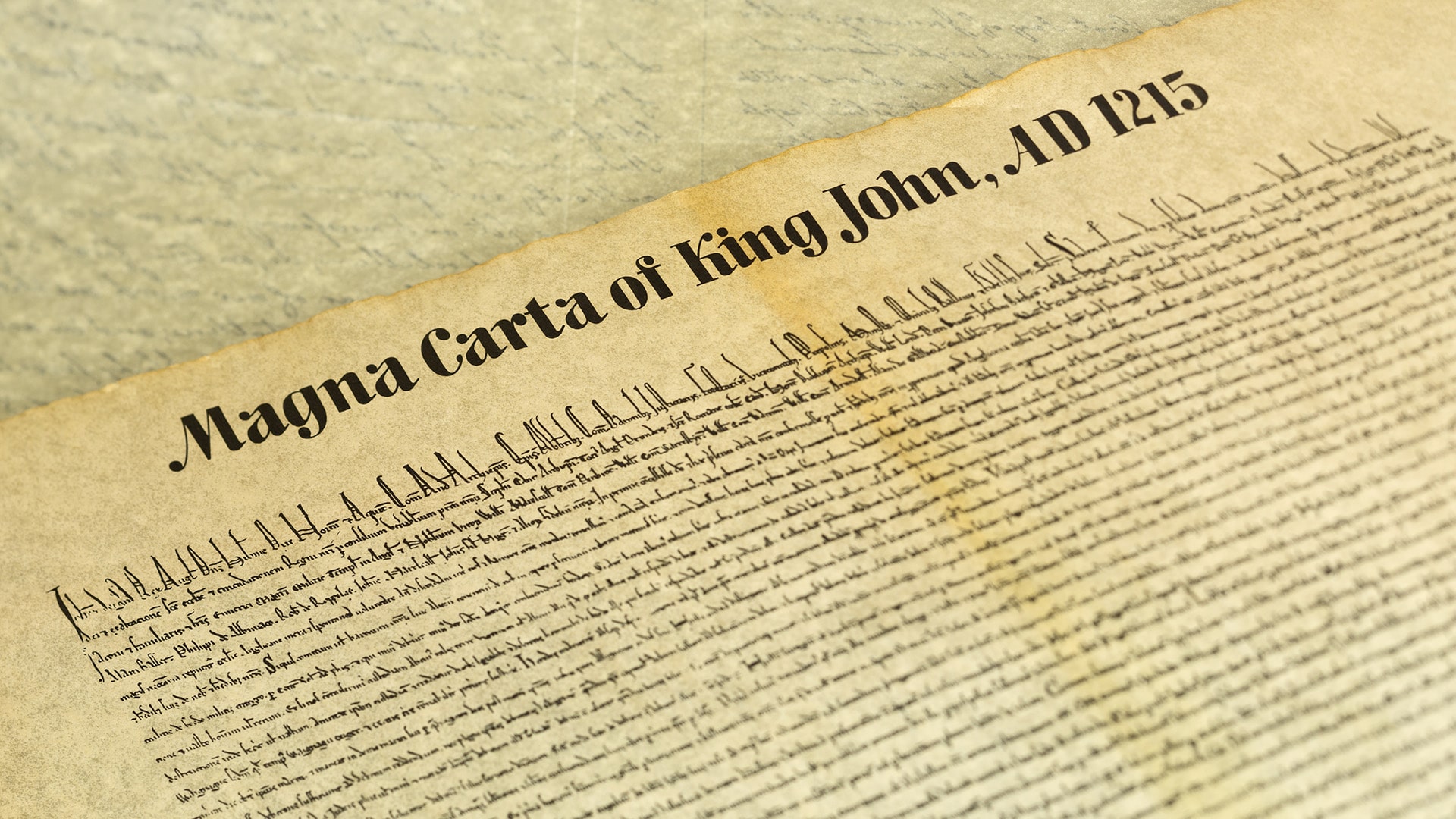Table of Contents
Introduction
During World War II, Britain faced unprecedented threats from aerial bombings, potential invasions, and espionage. To protect critical operations, government officials, and military personnel, the British government commissioned the construction of numerous underground bunkers across the country. These hidden fortresses were designed to withstand bombings, provide secure communication channels, and ensure the continuity of government and military operations during the darkest days of the war. Today, these underground bunkers stand as a testament to Britain’s resilience and ingenuity in the face of adversity.
This article delves into the history, purpose, and legacy of these secret underground bunkers, exploring their construction, key locations, and the roles they played during World War II. From the Cabinet War Rooms in London to the remote RAF bunkers in the countryside, these structures offer a fascinating glimpse into Britain’s wartime efforts.
The Need for Underground Bunkers in World War II
The outbreak of World War II in 1939 brought the threat of aerial warfare to Britain’s doorstep. The German Luftwaffe’s bombing campaigns, particularly during the Blitz (1940-1941), targeted major cities, industrial centres, and infrastructure. To safeguard critical operations and personnel, the British government recognised the need for secure, bomb-proof facilities.
Underground bunkers were seen as the ideal solution. Built deep beneath the earth, these structures offered protection from bombings, espionage, and potential invasions. They housed government offices, military command centres, communication hubs, and even factories, ensuring that essential functions could continue even under the most dire circumstances.
Key Features of World War II Underground Bunkers
The underground bunkers of World War II were engineering marvels, designed to withstand bombings and provide a safe environment for their occupants. Key features included:
- Reinforced Construction: Built with thick concrete walls and ceilings, these bunkers were designed to resist direct hits from bombs.
- Air Filtration Systems: To protect against gas attacks, many bunkers were equipped with advanced air filtration systems.
- Self-Sufficiency: Bunkers often had their own power generators, water supplies, and food storage facilities.
- Communication Hubs: Secure telephone lines and radio equipment ensured uninterrupted communication with military units and government offices.
- Camouflage: Many bunkers were hidden in plain sight, disguised as ordinary buildings or located in remote areas to avoid detection.
Notable Underground Bunkers of World War II Britain
Britain’s landscape is dotted with underground bunkers, each with its own unique history and purpose. Below are some of the most significant examples:
1. The Cabinet War Rooms (London)
Located beneath the Treasury building in Whitehall, the Cabinet War Rooms served as the nerve centre of Britain’s wartime government. This complex of underground bunkers housed the Cabinet meeting room, Prime Minister Winston Churchill’s office, and a map room where military strategies were planned.
Key Features:
- Reinforced concrete construction.
- Air filtration systems to protect against gas attacks.
- A secret telephone exchange for secure communication.
Role During the War:
The Cabinet War Rooms were where Churchill and his advisors made critical decisions, including the planning of the D-Day invasion. The bunker’s strategic location in central London allowed for quick access to government offices and military headquarters.
Legacy:
Today, the Cabinet War Rooms are part of the Imperial War Museum, offering visitors a glimpse into the heart of Britain’s wartime leadership.
2. Churchill’s Secret Bunker (Neasden, London)
Known as the “Paddock,” this underground bunker in Neasden was a backup facility for the Cabinet War Rooms. It was designed to serve as an alternative command centre if Whitehall became unusable.
Key Features:
- Located 40 feet below ground.
- Equipped with dormitories, kitchens, and communication facilities.
- Designed to accommodate up to 200 people.
Role During the War:
The Paddock was used for only two Cabinet meetings during the war, as the Cabinet War Rooms remained operational. However, it stood ready as a fallback option throughout the conflict.
Legacy:
The Paddock is now a rare example of a preserved wartime bunker, offering guided tours to the public.
3. RAF Uxbridge (London)
RAF Uxbridge was home to the No. 11 Group Operations Room, a critical underground bunker responsible for coordinating the defence of London and Southeast England during the Battle of Britain.
Key Features:
- Located 60 feet below ground.
- Equipped with a large map table for tracking enemy aircraft.
- Advanced communication systems for coordinating fighter squadrons.
Role During the War:
The Operations Room played a pivotal role in the Battle of Britain, directing RAF fighter planes to intercept incoming German bombers. It was here that the famous words, “Never was so much owed by so many to so few,” were inspired.
Legacy:
The bunker has been preserved as part of the Battle of Britain Bunker Exhibition, allowing visitors to experience the tension and drama of the air battles.
4. Dover Castle Tunnels (Kent)
The tunnels beneath Dover Castle were expanded during World War II to serve as a military command centre and hospital. This network of underground bunkers played a crucial role in the defence of Britain.
Key Features:
- Multi-level tunnels carved into the chalk cliffs.
- Equipped with offices, dormitories, and medical facilities.
- A secure command centre for Operation Dynamo, the evacuation of Dunkirk.
Role During the War:
The tunnels housed the headquarters of Vice Admiral Bertram Ramsay, who oversaw the Dunkirk evacuation. They also served as a hospital for wounded soldiers.
Legacy:
The Dover Castle tunnels are now a popular tourist attraction, offering guided tours that highlight their wartime significance.
5. Hack Green Secret Nuclear Bunker (Cheshire)
Originally built as a radar station during World War II, Hack Green was later converted into a underground bunker designed to withstand nuclear attacks during the Cold War.
Key Features:
- Reinforced concrete construction.
- Equipped with decontamination facilities and air filtration systems.
- Designed to house up to 135 people for extended periods.
Role During the War:
During World War II, Hack Green served as a radar station, helping to detect incoming enemy aircraft. Its transformation into a nuclear bunker reflects the evolving threats of the 20th century.
Legacy:
Today, Hack Green is a museum that showcases its wartime and Cold War history, offering visitors a unique insight into Britain’s defence strategies.
6. Kelvedon Hatch Secret Nuclear Bunker (Essex)
Located in a quiet village in Essex, Kelvedon Hatch is one of the largest underground bunkers in Britain. Built during the Cold War, it was designed to serve as a regional government headquarters in the event of a nuclear attack.
Key Features:
- Hidden beneath a nondescript bungalow.
- Equipped with dormitories, kitchens, and communication facilities.
- Designed to accommodate up to 600 people.
Role During the War:
Although built after World War II, Kelvedon Hatch reflects the continued importance of underground bunkers in Britain’s defence strategy.
Legacy:
The bunker is now a museum, offering guided tours and exhibits on its history and purpose.
The Legacy of World War II Underground Bunkers
The underground bunkers of World War II Britain are more than just relics of the past; they are symbols of the nation’s determination to survive and prevail in the face of overwhelming odds. These hidden fortresses played a crucial role in protecting critical operations, preserving government continuity, and safeguarding the lives of those who worked within them.
Today, many of these bunkers have been preserved as museums, offering visitors a chance to step back in time and experience the realities of wartime Britain. They serve as a reminder of the sacrifices made by previous generations and the importance of preparedness in times of crisis.
Conclusion
The secret underground bunkers of World War II Britain are a fascinating and often overlooked aspect of the nation’s wartime history. From the Cabinet War Rooms in London to the remote tunnels of Dover Castle, these structures played a vital role in ensuring Britain’s survival during one of the darkest periods in its history.
As we explore these hidden fortresses, we gain a deeper appreciation for the ingenuity, resilience, and courage of those who lived and worked within them. The legacy of these underground bunkers continues to inspire and educate, reminding us of the importance of unity and determination in the face of adversity.




